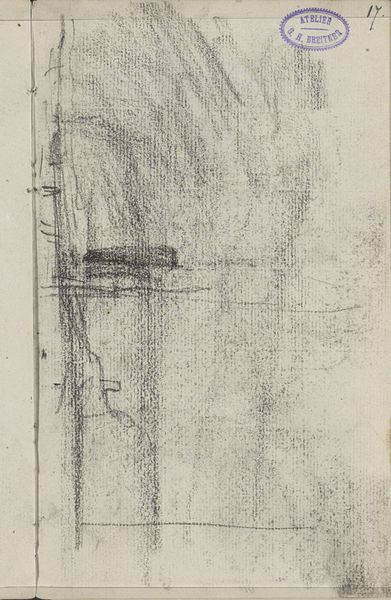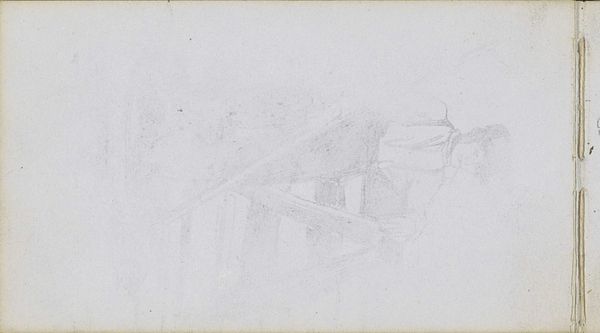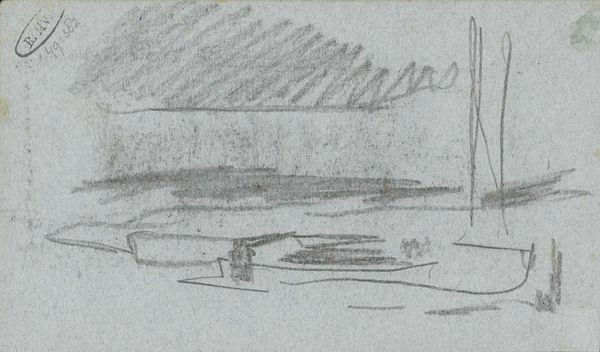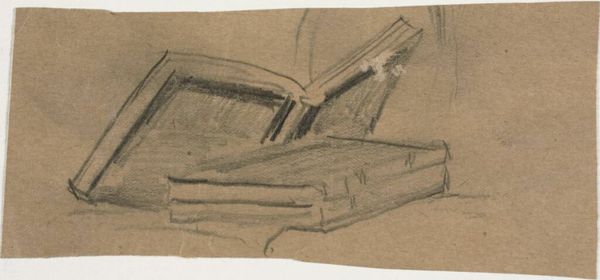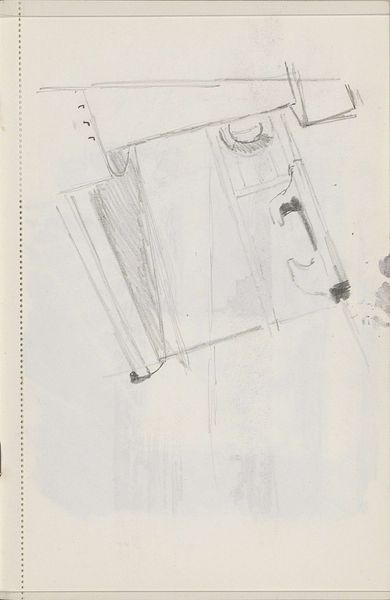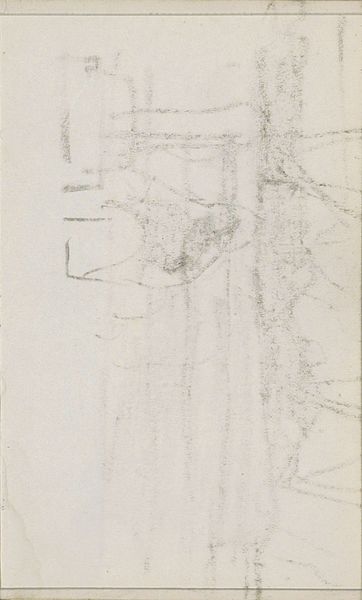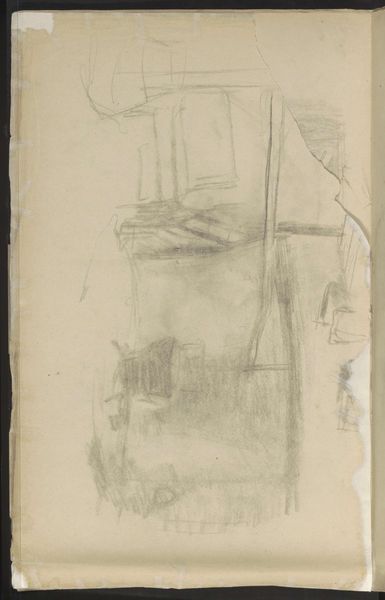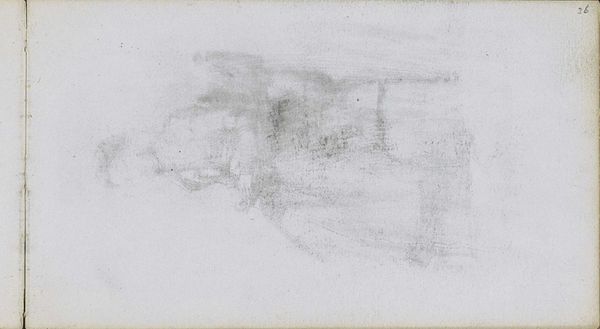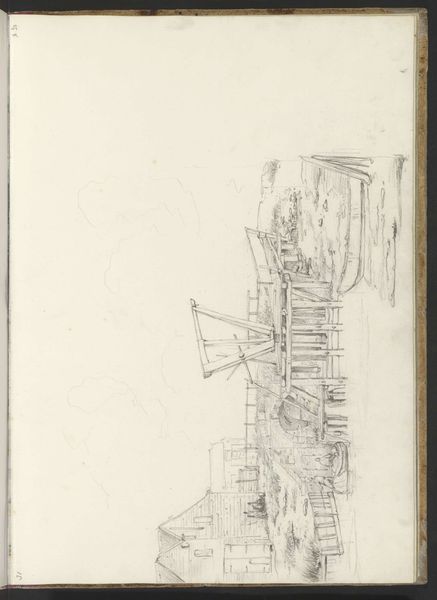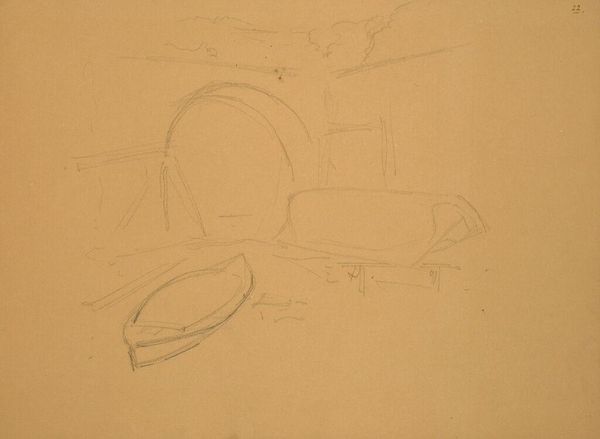
Et skuffemøbel med en boghylde, studie til dobbeltportrættet af Juel og hans kone ved staffeliet 1791
0:00
0:00
drawing
#
portrait
#
drawing
#
neoclassicism
Copyright: Public Domain: Artvee
Curator: Immediately, I'm struck by the spareness of this sketch; it's all light and suggestion. Editor: Indeed, the sketch, rendered by Jens Juel in 1791, is a study for his double portrait of himself and his wife at the easel. Its title is, “Et skuffemøbel med en boghylde, studie til dobbeltportrættet af Juel og hans kone ved staffeliet.” Curator: Quite a mouthful! So, what catches my eye is the drawing’s intimate look at a domestic scene—the workspace of an artist. Notice the desk; how would that affect Juel's working practice and studio environment? The presence of that storage furniture surely mattered in organizing pigments or brushes! Editor: Precisely. Consider how artists operated within specific social structures and economies of their time. The neoclassical style, subtly present here, wasn’t just aesthetic. It reflected a larger cultural trend and philosophy. Moreover, it is interesting how a sketch like this is almost as important as the actual painting—museums did and do highlight “sketches,” and by doing that are defining that the creative process of art is itself, art. Curator: And the tools of that process, in this drawing made by pastel crayon. Are pastel crayons more expensive, difficult to acquire, more laborious, etc. Who has access to pastel crayon during those years. Editor: Good question, given the time, access to such materials dictated not only what art could be created, but also, more fundamentally, who could be an artist. Also, let’s remember the societal role of portraiture at the time, in this instance, artists also paint self-portraits. By studying such works, one could even speculate about who patronized this artist, what connections they had in the art market or among noble families... Curator: All influencing, no doubt, the kind of art eventually produced in their workspace, using their tools! So, really digging deep here, this single sketch holds so much more than just pigment on paper. Editor: Indeed, it’s a confluence of cultural context, artistic creation, and artistic practice that provides an invitation for exploring 1791 and portrait-making processes during the time period.
Comments
No comments
Be the first to comment and join the conversation on the ultimate creative platform.
